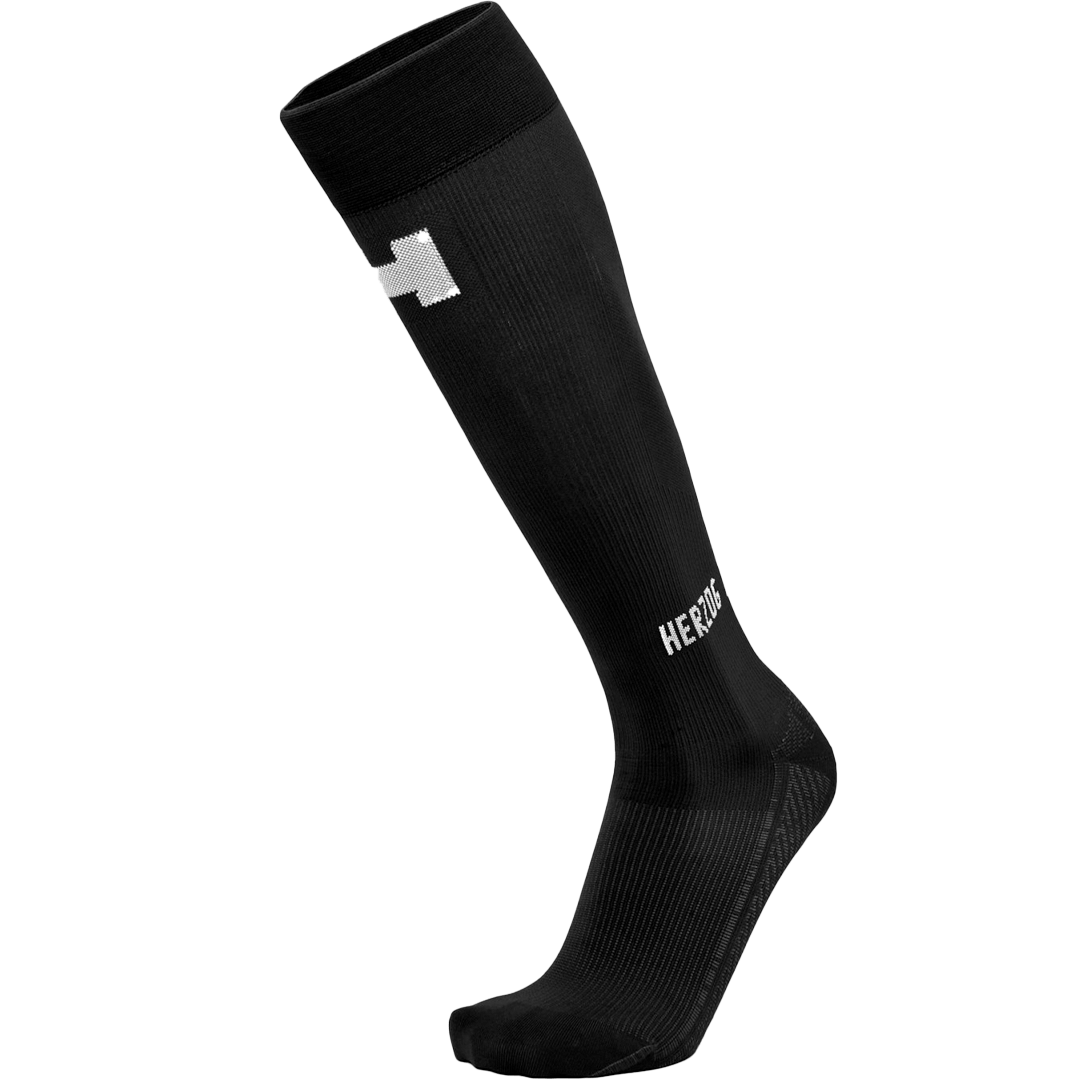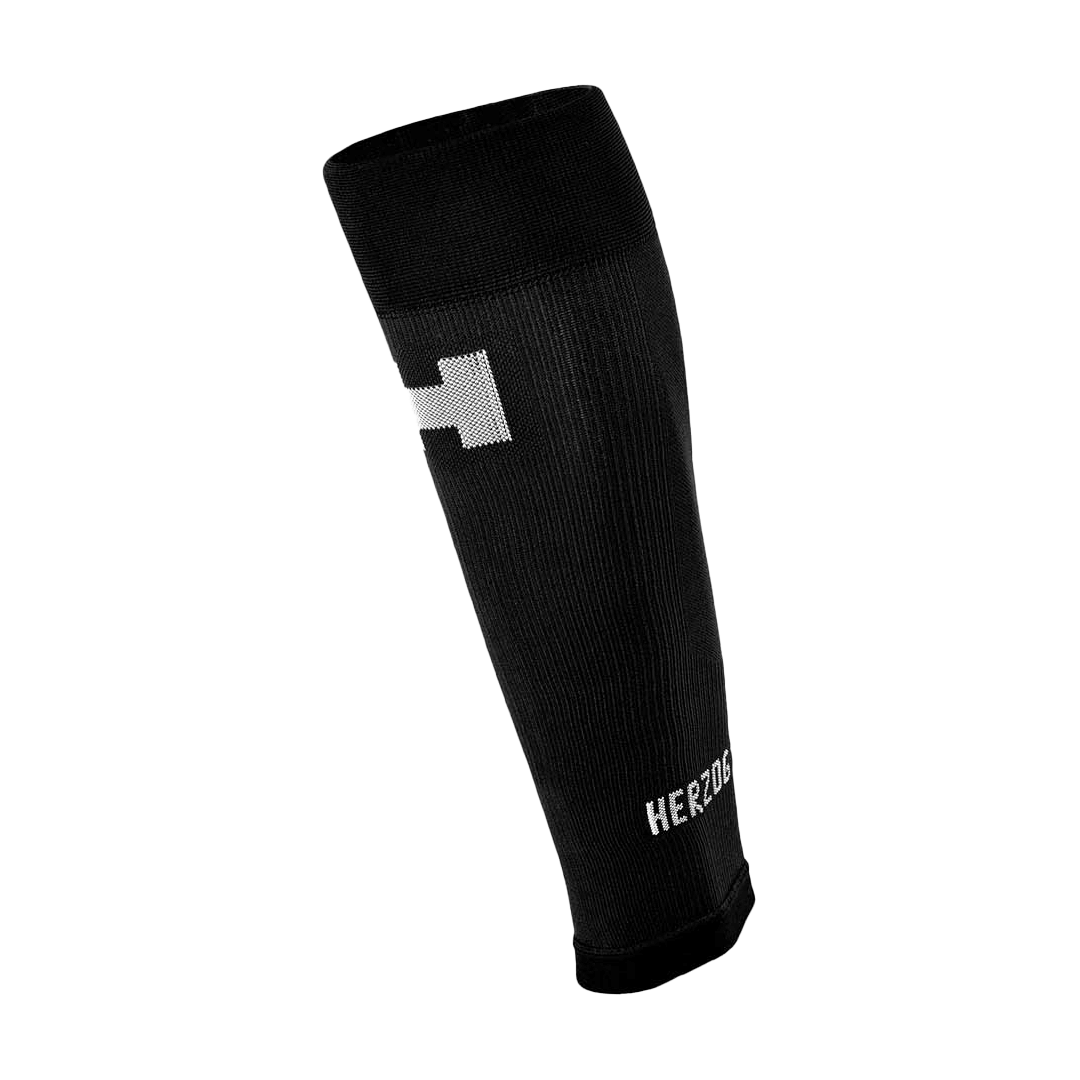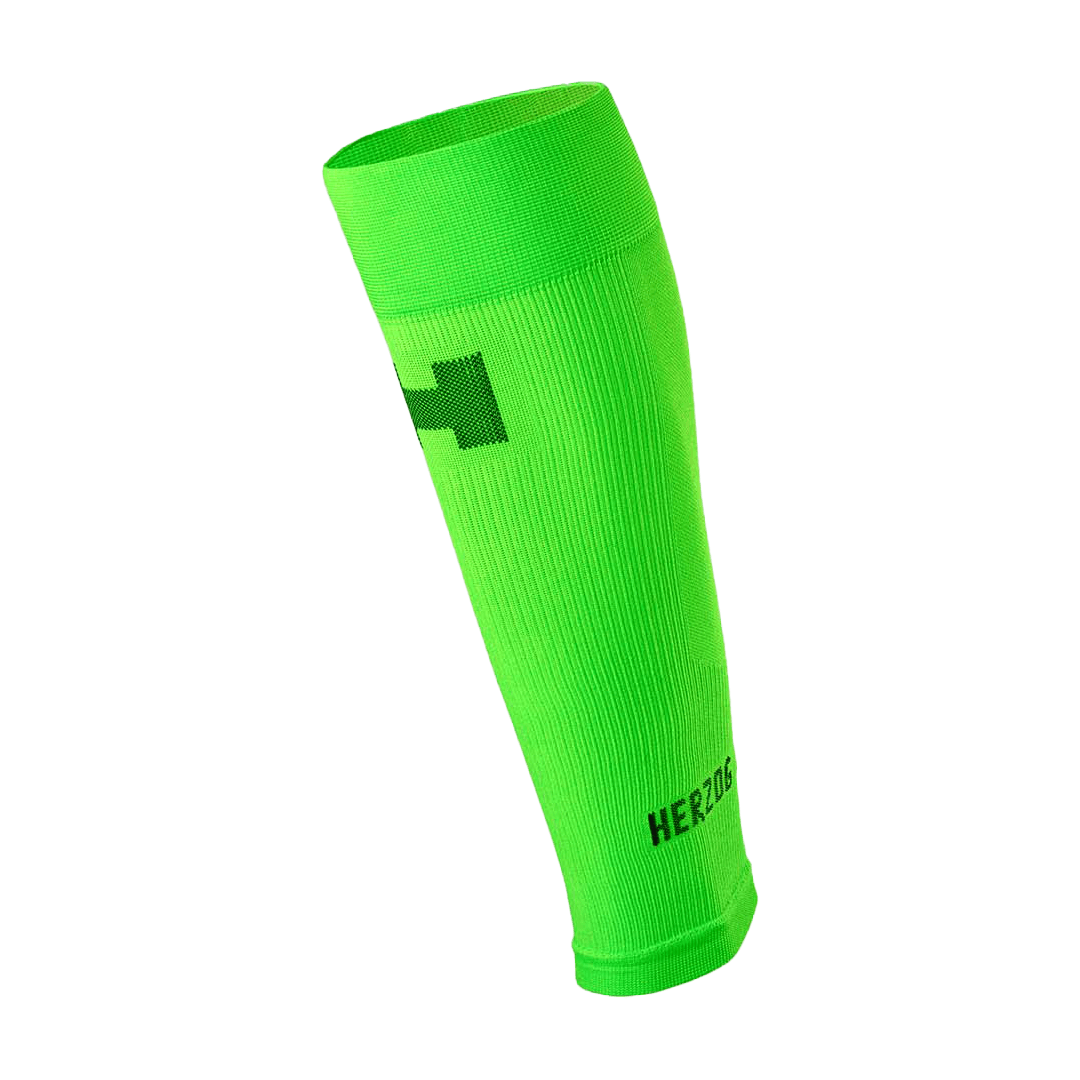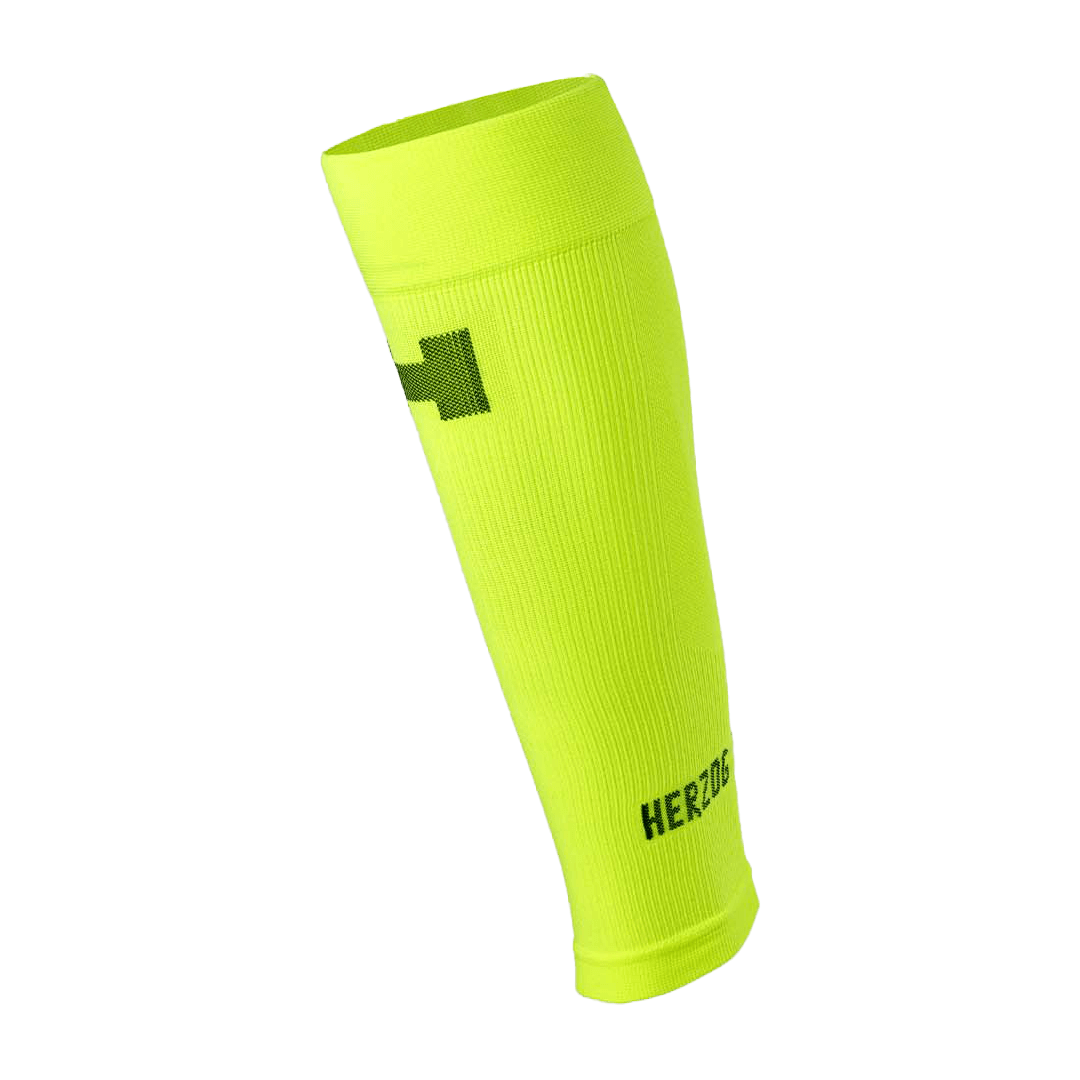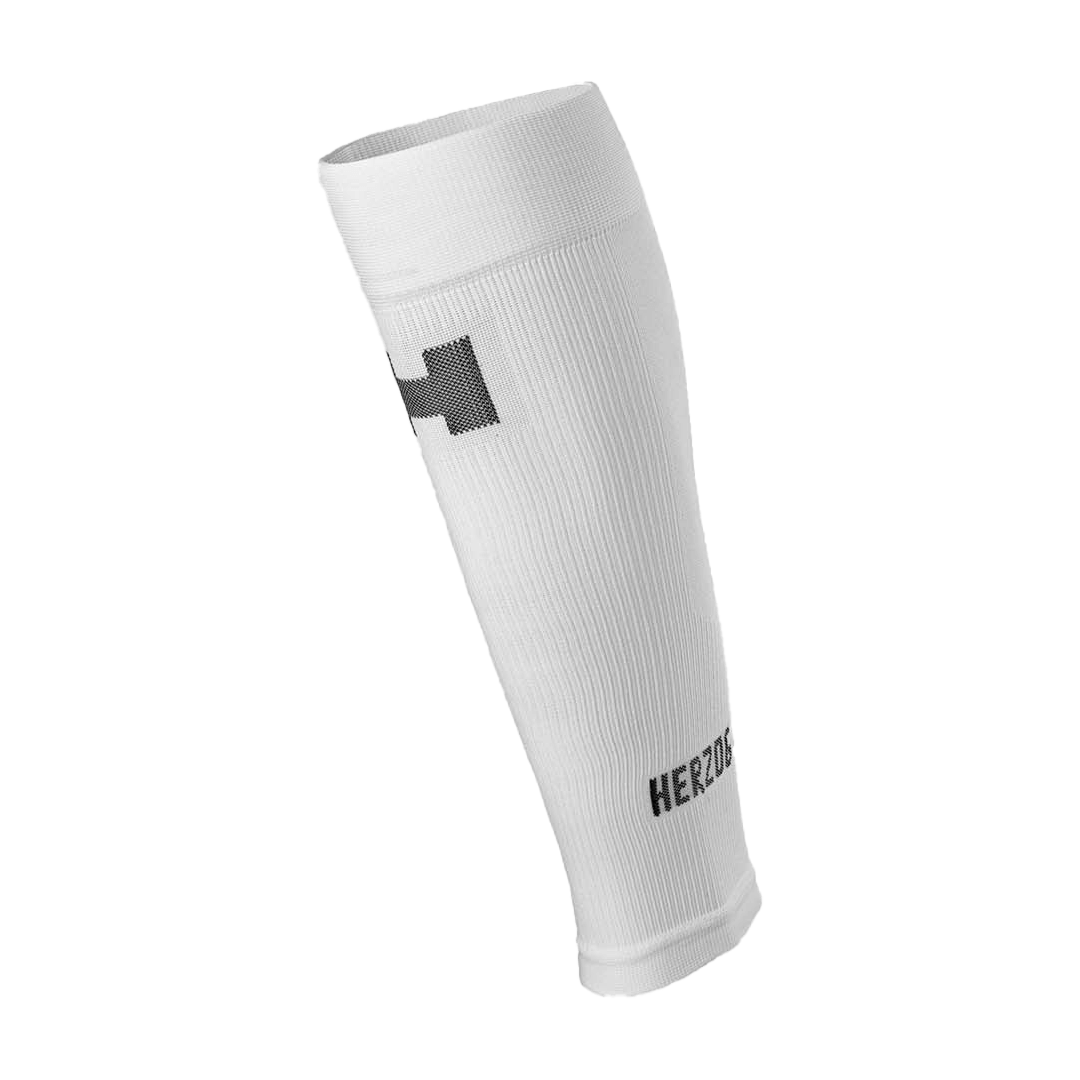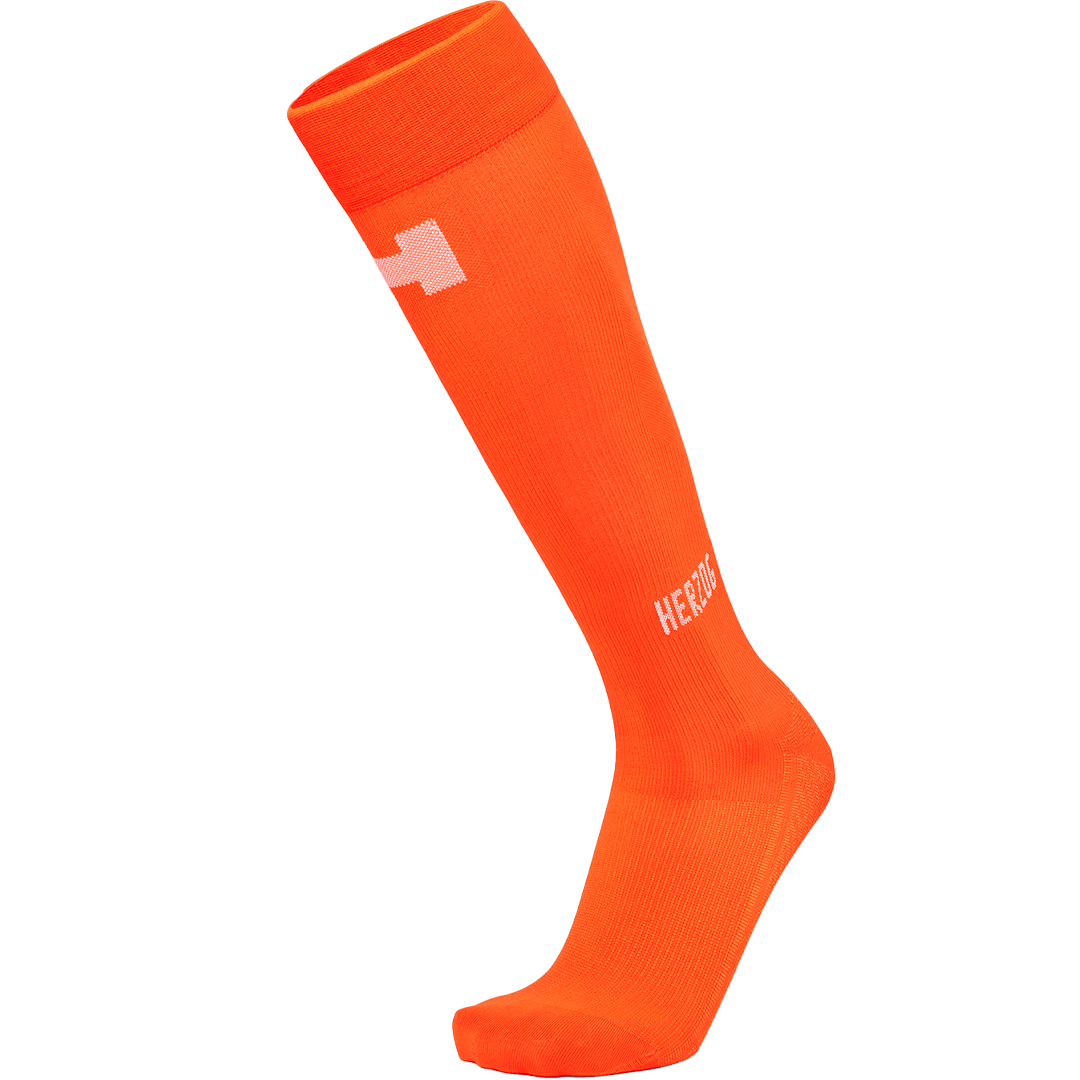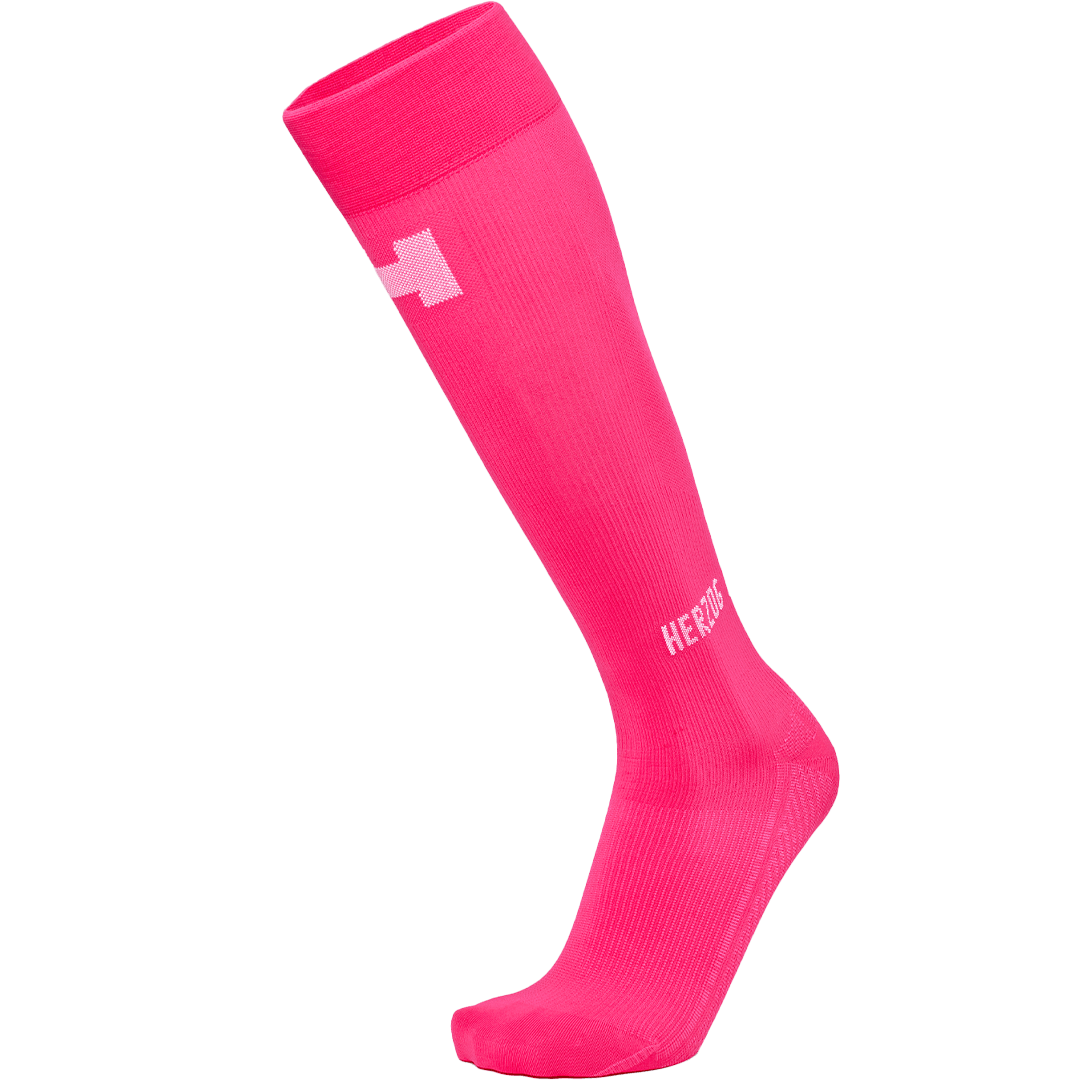Tibia inflammation
Tibia inflammation, also known as shin splint / spring shins / Medial Tibial Stress Syndrome, is characterized by a thick or swollen tibia, a stabbing pain in the lower part of your shin and / or persistent pain after exercise.
What can help prevent, and repair, a shin inflammation are the Herzog PRO Compressionsocks. This stocking offers extra support when walking, so you recover faster and you can better prevent this injury. The Herzog PRO Compression Socks ensure that the impact on your landing is evenly distributed over your lower leg, which significantly reduces the chance of this injury.
Tibia inflammation
Tibia inflammation, also known as shin splint / spring shins / Medial Tibial Stress Syndrome, is characterized by a thick or swollen tibia, a stabbing pain in the lower part of your shin and / or persistent pain after exercise. The Herzog Pro Compression Socks can help prevent and recover from shin splints.
PRO Compressionsocks
€54,95
PRO Compressiontubes
€44,95
PRO Compressiontubes
€44,95
PRO Compressiontubes
€44,95
PRO Compressiontubes
€44,95
PRO Compressiontubes
€44,95
PRO Compressionsocks
€54,95
PRO Compressionsocks
€54,95
PRO Compressionsocks
€54,95
PRO Compressionsocks
€54,95
What should I do in case of shin inflammation?
With a good build-up of your training and muscle strengthening exercises for the calf muscles, you can get a grip on the recovery from your injury. Wearing Herzog PRO Sport Compression Socks or tubes can also significantly speed up the recovery from your injury. Herzog socks deliver a high compression which limits the mobility of the relatively heavy calf muscle. As a result, less shock load takes place and there is less pulling force on the periosteum of the tibia (the attachment of muscles to the bone).
What are the causes of tibia inflammation?
Probably the pain you are dealing with is characterized by a stabbing pain in the lower part of your shin. The pain location is often the place where the muscles attach to the bone.
Shin complaints are especially common in athletes who regularly run and jump. For example, the tibia is heavily loaded during sports forms such as volleyball, handball, running and walking.
There are a number of factors that increase the likelihood of shin splint:
- Overload due to repetitive movements and (too) long and intense sports
- A non-efficient running technique
- Weak calf muscles that cannot cope with the sports load
- Overweight
- Poor footwear
How do I prevent tibia inflammation?
Have you just recovered or do you just want to avoid getting shin splints? You can (partly) influence this yourself with the following steps.
It starts with the right clothes. This certainly includes compression socks or tubes. The pressure (compression) that the Herzog PRO Compressionsocks give on your lower legs has several advantages. In this way, it ensures better blood circulation, which in turn ensures that waste products are removed faster. In addition, the socks have a shock-absorbing effect, which drastically reduces muscle damage. But the right shoes are also very important. Always have it measured by the specialist.
During training it is important that you ensure a good warm-up, you do not do too much too quickly and a good cooling down so that your muscles do not get cold too quickly.
What is the difference between tibia inflammation and shin splint?
Nothing!
A shin inflammation is also known as a shin splint. Shin splint is only an older term. Doctors today speak of a medial tibial stress syndrome (MTSS). With a tibia inflammation you suffer from the muscles at the front of the lower leg.



Prevent. Perform. Recover.

